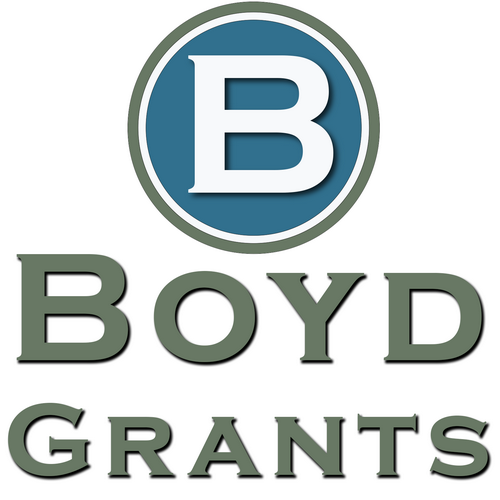Today, I’m excited to delve into the world of constructing logic models for government grant narratives! If you’re wondering what a logic model is and how it can supercharge your grant writing efforts, you’re in the right place.
What’s a Logic Model Anyway? Let’s start with the basics. A logic model is like a blueprint that outlines the logical connections between different parts of a program. It helps you visualize how inputs (like resources and activities) lead to outputs (tangible results) and eventually to outcomes and impacts (meaningful changes in the community).
Why Should You Care? Logic models aren’t just fancy diagrams—they’re powerful tools for planning and evaluating grant-funded projects. When you understand the logic behind your program, you can make more informed decisions, communicate your ideas clearly, and demonstrate the impact of your work.
The Building Blocks: Inputs, Activities, Outputs, Outcomes, and Impact In our logic model world, we have some key players:
- Inputs: These are the resources you invest in your program, like funding, staff, and equipment.
- Activities: These are the actions you take to implement your program, such as workshops, training sessions, or outreach events.
- Outputs: These are the tangible products or services generated by your activities, like the number of people trained or materials distributed.
- Outcomes: These are the changes or benefits resulting from your activities, such as increased knowledge or behavior change.
- Impact: This is the big picture—long-term effects or broader changes that happen because of your program, like community-level improvements or policy changes.
Putting It All Together Imagine you’re planning a program to improve literacy in your community. Your logic model would show how your funding (inputs) supports activities like tutoring sessions (activities), which produce outcomes like improved reading skills (outputs) and ultimately lead to long-term benefits like higher graduation rates (impact).
Tips for Success
- Be Clear and Specific: Use concrete language to describe each part of your logic model.
- Stay Aligned: Make sure everything in your model supports your program’s goals and objectives.
- Get Feedback: Don’t be afraid to share your logic model with others for input and ideas.
In Conclusion
Constructing a logic model isn’t just about creating a pretty diagram—it’s about building a roadmap for success. By understanding the logic behind your program and clearly articulating your goals and outcomes, you’ll be well-equipped to tackle government grant narratives like a pro!
I hope this brief dive into logic modeling has sparked your curiosity and inspired you to explore this valuable tool further. Remember, logic models are all about making sense of your program and showing the world the amazing impact you can achieve.
Until next time, happy logic modeling!
Do you want to learn more? Pop on over to Boyd Grants Academy and register for some of our trainings!


Recent Comments